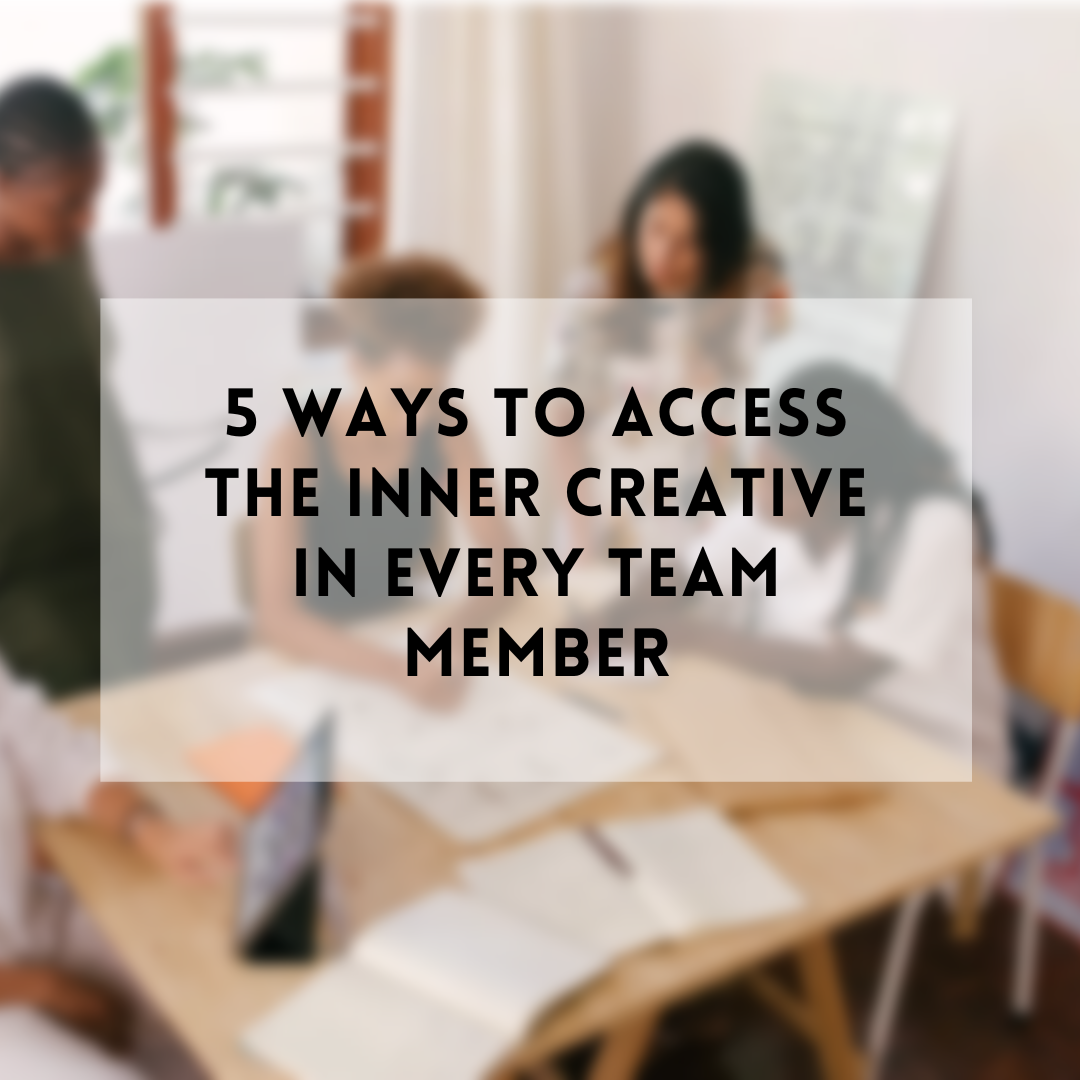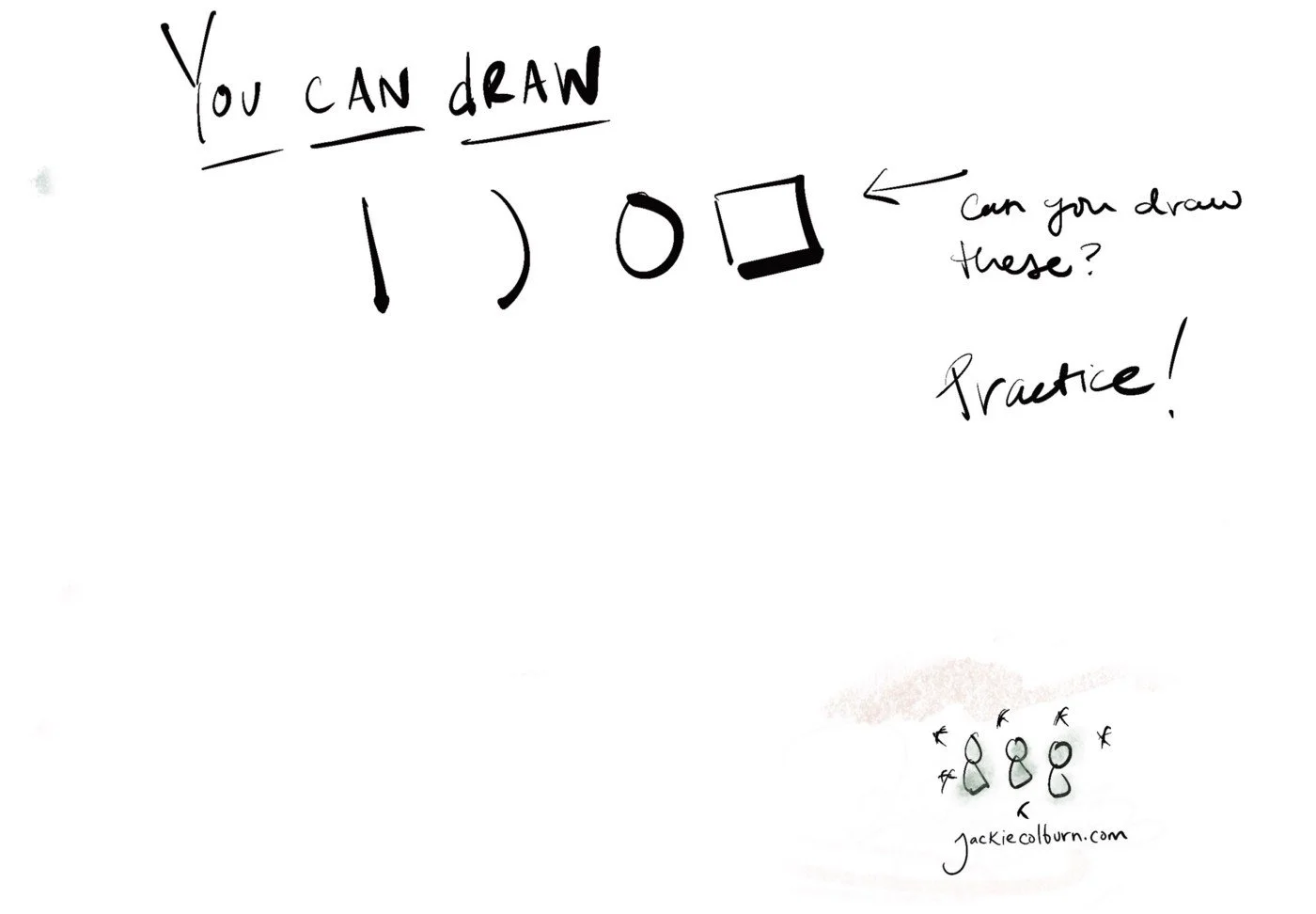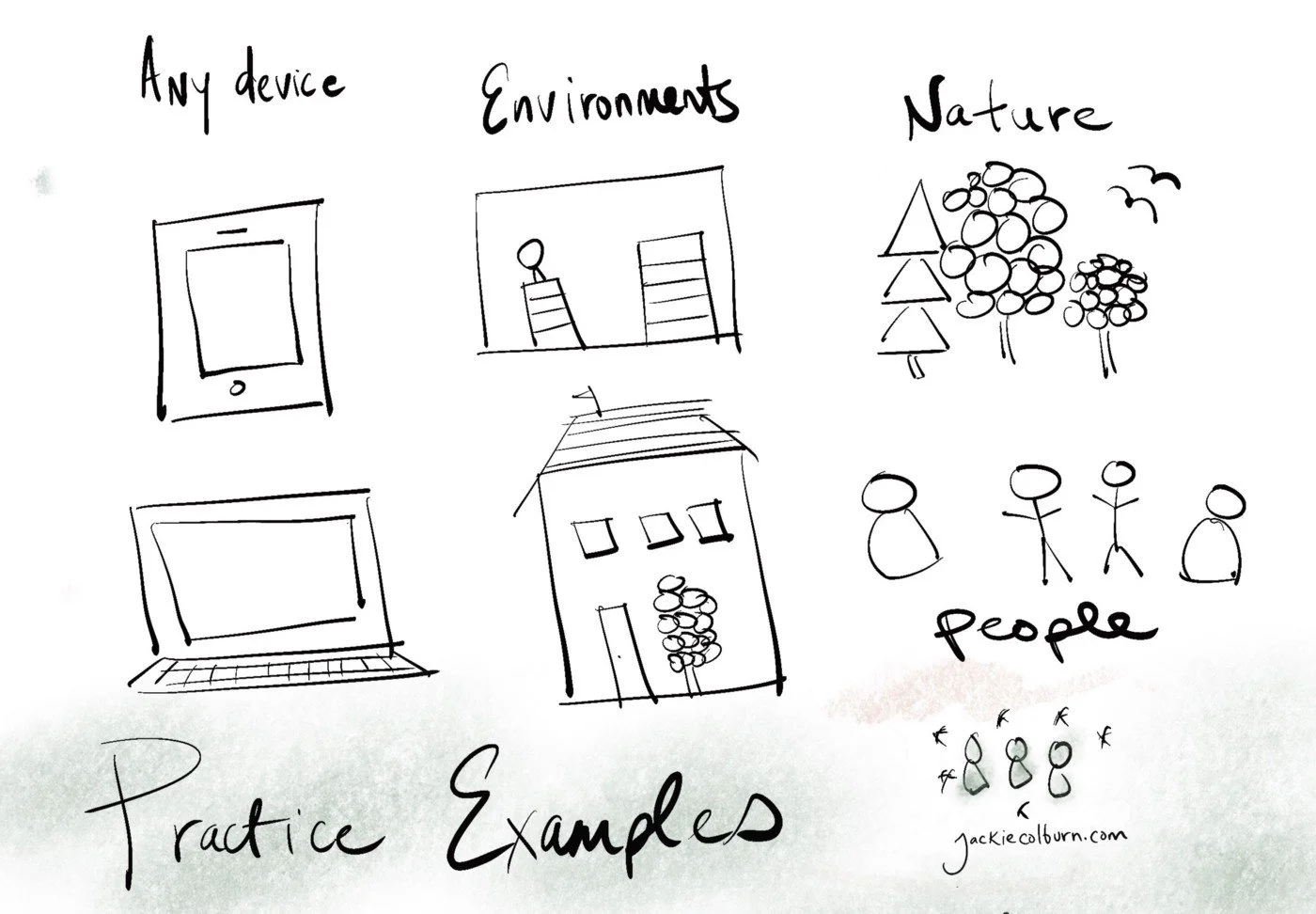5 ways to access the inner creative in every team member
There’s a myth that only certain people are creative. The proof is in the title, right? Wrong.
We’ve been taught that creativity is something you either have or don’t have, which is an outdated way of thinking. The truth is that all humans display creativity in their day-to-day lives, it really just comes down to accessing it.
By that logic, inviting team members into the room to work on a problem should create better work, but it’s not always that simple. Despite having the right knowledge, expertise and skills, you won’t get far if your participants feel judged, stifled, or not good enough to share ideas (because the word “creative” isn’t in their title).
Here’s the good news: great facilitators can design their workshops to diffuse this thinking and help access the creative side in everyone. These are the five methods I bake into my workshops to ensure every team member is allowed to tap into their creative prowess.
1. Rapid Idea Generation
You can’t overthink things when you’re moving quickly. That’s why I love the Crazy 8s exercise from the Design Sprint book. It’s a rapid idea-generation method that allows ideas to emerge when people aren’t limiting themselves by overthinking. Have each of your participants fold a piece of paper into eight sections and fill all eight squares with a sketch that represents 1–2 ideas they’re working on, or something they’re stuck on that’s core to their concept. Give the group eight minutes, then go pencils down. It really forces people to get out of their heads and away from self judgment.
2. You CAN draw!
Demystify the sketching experience so your group understands it isn’t an activity reserved solely for designers and artists. I like to position drawing as a simple medium for communicating ideas that’s far more efficient than talking (words are too open for interpretation). The warm-up exercise I like to use involves this worksheet featuring four basic shapes (square, circle, curved line, straight line).
I ask each participant to practice drawing the shapes on the worksheet (photo at left), and then share another image of many drawings featuring the four base shapes (photo at right).
It demonstrates that we can draw anything in the world with these four foundational shapes. When people perceive drawing as a communication tool and not an art project, we can create better ideas together.
3. Lightning Demos (aka Analogous Inspiration)
This exercise helps build confidence in idea generation and gives participants authorship over the creative process. l ask team members to curate a visual aid — like a mood board — to serve as inspiration for idea generation (within Miro or Mural). The visual usually includes examples from products, services and experiences that can inspire the team’s solutions. It’s a nice way to foster creative ownership amongst participants, and it’s also an excellent starting place for the sketching process. Having visual examples to refer back to is helpful when they’re just starting to draw out ideas.
4. Foster camaraderie
Competition is the enemy of creativity, so it’s critical to create an open, collaborative energy within the group from early on so people feel free to act authentically. I’ve found that a simple way to unify the group is to regularly remind them of our shared purpose. Whether it’s day one or day five of a workshop, revisiting this north star helps the group feel like they’re working together versus against each other. I have a lot of other practical tips for making people feel more comfortable during group collaboration, and a guide for mitigating defensive thinking (which is a truly sinister barrier to camaraderie). All of these elements are important to group success and can be added to any workshop.
5. Anonymous idea sharing and voting
I talk about this one a lot because it’s such an easy and powerful way to manage fears around judgment and criticism. People feel more inclined to behave truthfully and openly when they know their name won’t be tied to their actions, and their creativity won’t be tied to their worth. That’s why I love these two methods (and neutralizing politics in general).
Anonymous Idea Sharing: Whether you’re generating ideas, creating sketches or writing problem statements, have people submit their ideas directly to the facilitator. This can be done via a chat feature in Miro or Mural. If you’re in person, just make sure everyone is writing on the same paper with the same writing utensils before handing in their work to you. When you share the ideas anonymously with the group it immediately takes away the performance anxiety and power dynamics associated with team evaluation of individual ideas.
Anonymous Voting: Similar to the above, anonymous voting helps people identify their favorite ideas without feeling pressure to defend their decision in front of the group, or feel openly criticized if nobody votes for their ideas. The two primary methods I use are Dot Voting and Number Voting. In Dot Voting, each person receives 2–3 dots to “spend” on the ideas they want to move forward with or focus on. I always give the group a few moments to mentally select their favorites before commencing the vote. Number Voting is similar, but involves numbering each of the core ideas up for selection, then asking team members to cast votes for their top 2–3 by writing the numbers on sticky notes and handing/sending the ballots directly to me. I then count votes and share rankings more broadly.
Thanks to how we’ve been socialized, our inner creativity critic is the root cause of so much hesitation around idea sharing and collaboration. This is a huge barrier to success, but when we use the right methods and create the conditions to help people access their creativity, we open up a whole world of possibilities, solutions and killer ideas.


